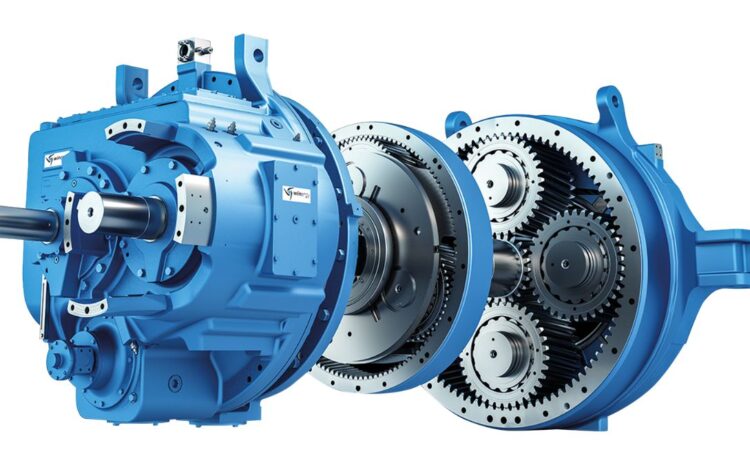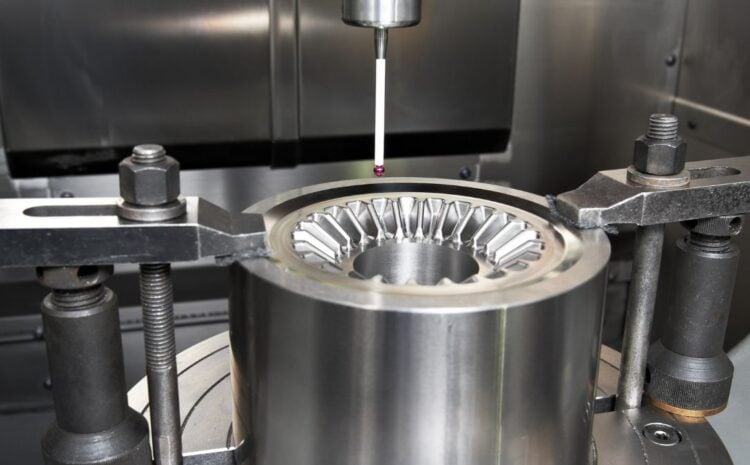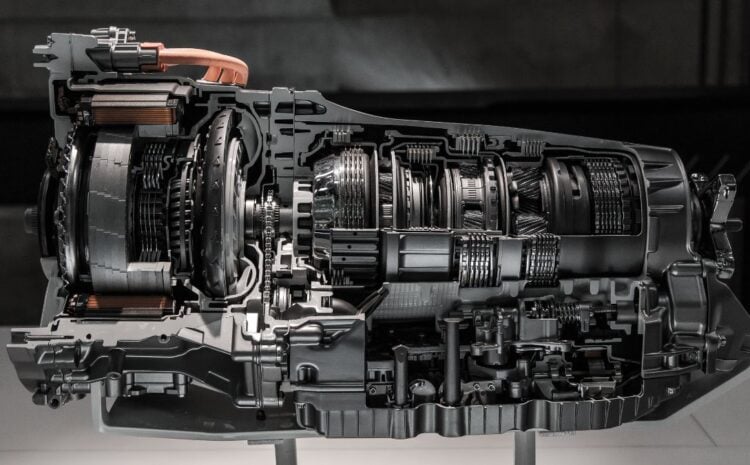Gears are essential parts of numerous industrial applications, from light machines to large appliances. As a result, it is crucial to frequently maintain gears in order to assure their effective operation and lower the possibility of unanticipated breakdowns. In this article, we will discuss the importance of reliable gear repair and maintenance services.
Typical Gear Issues
A variety of faults that gears may encounter can cause serious consequences. The following are some of the most frequent gear issues:
- Wear and tear: Because gears are always in use, they may eventually face wear and tear, which may diminish their effectiveness and longevity.
- Misalignment: Poor gear alignment can result in uneven wear and eventual premature failure.
- Fatigue: Repeated loading and unloading can cause fatigue in gears, leading to cracks and other damage.
- Contamination: Gears can become contaminated with debris or other foreign materials, leading to accelerated wear and failure.
- Overheating: As gear lubrication degrades due to overheating, wear, and failure are accelerated.
The Value of Routine Equipment Maintenance
To ensure optimal operation and lower the possibility of unexpected failures, routine gear maintenance is crucial. Regular gear maintenance has a number of advantages, including:
- Equipment reliability is increased thanks to regular gear maintenance, which can spot possible issues before they result in serious failures and keep equipment efficient and reliable.
- Improved equipment lifespan: Regular maintenance can increase the life of gears, lowering the expense and disruption of downtime associated with replacements.
- Reduced downtime for the equipment: By identifying issues early on, routine maintenance helps keep the equipment functional and productive.
- Reduced operating costs: Gears that have been properly maintained are more dependable and efficient, which lowers the cost of repairs and replacements.
- Increased safety: By identifying potential safety issues through routine maintenance, the chance of accidents and injuries is lower.
The Procedure of Gear Repair and Maintenance
Usually, there are multiple processes involved in the gear maintenance and repair procedure, including:
- Inspection and diagnosis: Examining and identifying any gear issues is the first step. Visual inspections, measurements, and testing might be involved.
- Repair and replacement: If issues are found, the damaged components must either be repaired or replaced.
- Reconditioning and refurbishing: It could be conceivable in some circumstances to recondition or refurbish the gears in order to return them to their initial state.
- Upgrades and improvements: To enhance the operation and efficacy of the gears, upgrades, and improvements may be implemented during the repair and maintenance procedure.
Choose a Reputable Service Provider for Gear Repair and Maintenance
To guarantee that the work is carried out accurately and successfully, it is essential to select a reputable gear repair and maintenance service provider. Take into account the following elements while choosing a service provider:
- Expertise and Experience: Choose a service provider with a successful track record in the field.
- Customer service and responsiveness: A excellent service provider will communicate clearly and respond quickly to your demands.
- Modern facilities and equipment are essential for ensuring high-caliber work, thus the service provider should have them.
- Warranty and guarantees: In order to ensure your pleasure, the service provider should provide warranties and guarantees for their work.
- Cost and value: Although cost is a crucial factor, don’t compromise quality for a cheaper price.
Strategies for Preventive Maintenance
Many preventative maintenance techniques can help lower the likelihood of gear failures in addition to routine gear maintenance. They consist of:
- Frequent testing and inspections: Regular testing and inspections can find possible issues before they have a chance to become serious failures.
- Lubrication and contamination management: Effective lubrication and contamination management can increase the gears’ lifespan and lower their risk of failure.
- Alignment and balancing: Good alignment and balancing can minimize gear wear and tear and increase the lifespan of the gears.
- Monitoring of temperature and vibration: By keeping an eye on the temperature and vibration of the gears, possible issues can be found before they do serious harm.
Conclusion
Industrial applications require gear repair and maintenance to prevent unexpected failures. Regular maintenance can detect flaws before they cause significant downtime, extending equipment lifespan, reliability, and safety. Choose a gear repair and maintenance service based on experience, customer service, facilities, equipment, warranties, guarantees, cost, and value. Inspections and testing, lubrication and contaminant management, alignment, and balance, and temperature and vibration monitoring can improve gear lifespan and reduce replacement costs and downtime.



